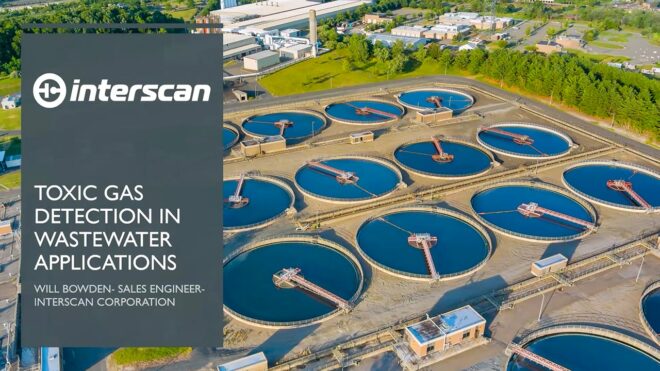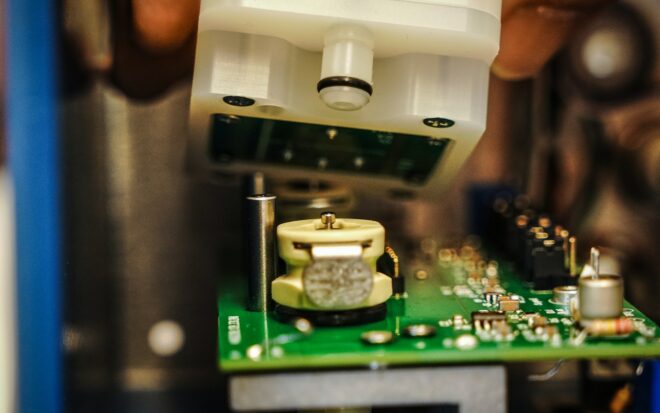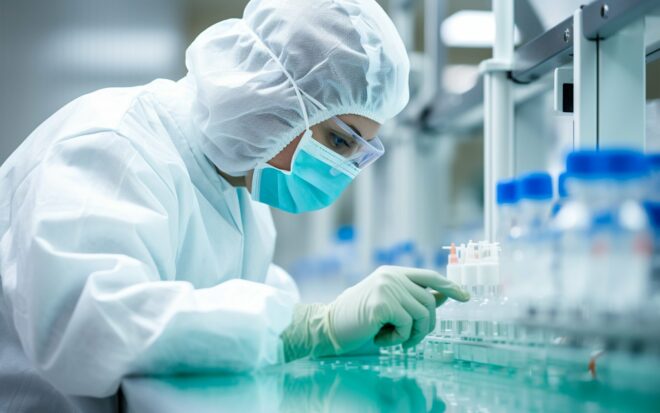Gas Safety in Wastewater Treatment A Facility & Safety Manager’s Guide to Gas Detection
Navigating the complexities of safety through gas detection in wastewater treatment facilities is no small feat. That’s why we hosted the webinar “Advancements in Gas Detection.” This isn’t just another presentation; it’s a comprehensive session tailored for the experts. We’ve simplified complex topics into actionable insights, discussing everything from selecting and maintaining gas detectors to…



